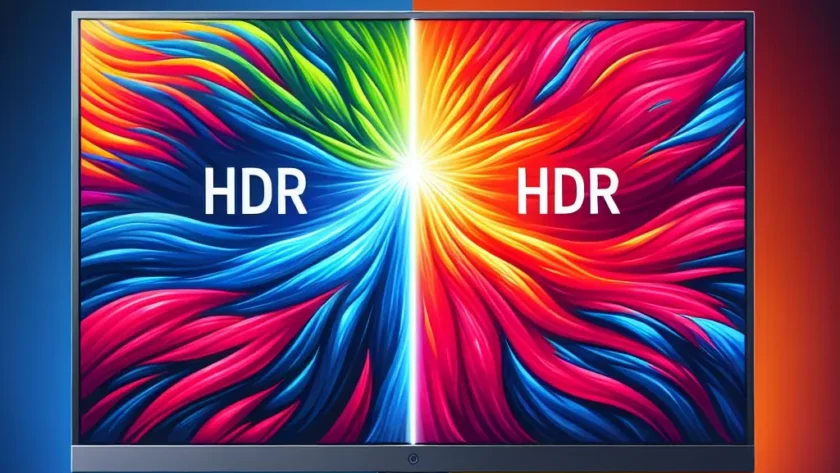High Dynamic Range (HDR) has become a buzzword in the display technology industry, offering enhancements that greatly improve visual experience. But as this feature becomes more widespread, a common question arises: Do LCD monitors support HDR?
Understanding HDR and LCD Technology
Before delving into whether LCD monitors support HDR, it’s crucial to understand these technologies.
| Feature | HDR | LCD |
|---|---|---|
| Full Form | High Dynamic Range | Liquid Crystal Display |
| Main Purpose | Enhances brightness, contrast, and color range | Panel technology utilizing liquid crystals to produce images |
| Common Use | High-end TVs, Monitors, Cameras | Monitors, TVs, and Laptops |
Components of HDR
HDR involves several key components that come together to enhance image quality:
- Brightness: Increased peak brightness to display highlights effectively.
- Contrast: Greater contrast ratio that differentiates between bright and dark areas.
- Color Range: Wider color gamut providing more vivid and lifelike colors.
Do LCD Monitors Support HDR?
Yes, many modern LCD monitors support HDR. However, the support can vary based on several factors:
Factors Influencing HDR Support in LCD Monitors
- Panel Type: IPS, VA, and TN panels have different capabilities when it comes to HDR implementation.
- Brightness: The monitor’s peak brightness is crucial for true HDR experience.
- Contrast Ratio: A higher contrast ratio benefits HDR performance.
- Color Range: The ability to display a wider color gamut like DCI-P3 significantly enhances HDR content.
Panel Types and HDR Support
The type of panel used in an LCD monitor affects its HDR performance:
- IPS (In-Plane Switching): Known for better color accuracy and viewing angles, IPS panels are generally better at handling HDR content.
- VA (Vertical Alignment): These offer excellent contrast ratios, making them suitable for HDR, although they may suffer from reduced color accuracy compared to IPS.
- TN (Twisted Nematic): While having faster response times, TN panels are typically not ideal for HDR due to limited color range and viewing angles.
Benefits of HDR in LCD Monitors
Incorporating HDR in LCD monitors brings several advantages:
- Improved Visual Quality: HDR delivers sharper, more vibrant, and lifelike images.
- Enhanced Gaming Experience: HDR enables better detail in gaming visuals, providing gamers with a more immersive experience.
- Better Media Consumption: Streaming HDR content on platforms like Netflix or Amazon provides a cinema-like quality.
Challenges and Limitations
Despite the benefits, there are also some limitations:
- Cost: HDR-capable monitors are generally more expensive.
- Content Availability: HDR content is still less accessible compared to standard content.
- Standardization Issues: Different HDR standards (HDR10, Dolby Vision, HLG) can cause compatibility issues.
Conclusion
In summary, LCD monitors do support HDR, but the experience can vary greatly depending on several factors such as panel type, brightness levels, contrast ratio, and color range. Understanding these elements can help consumers make a more informed decision when purchasing an HDR-capable LCD monitor.

